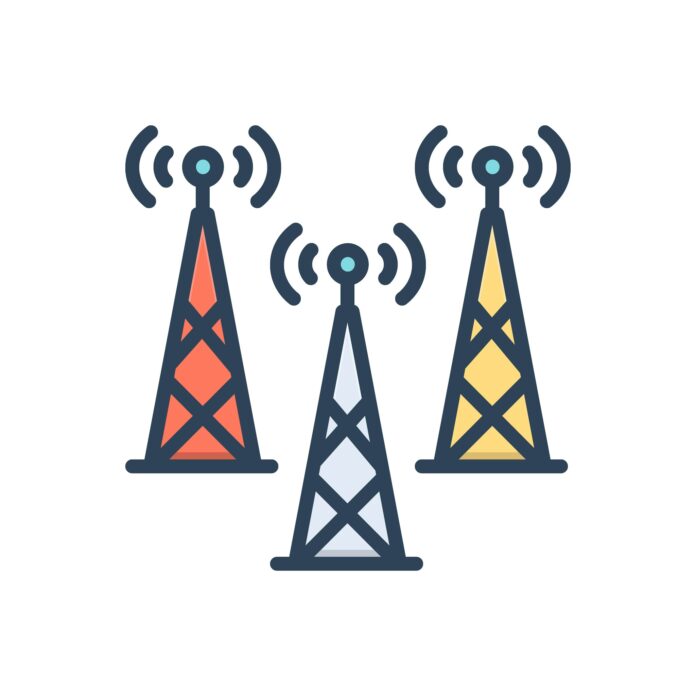In modern networks, timing and synchronization are taking on increasing importance for several reasons: The widespread deployment of Time-Division Duplexing (TDD) midband spectrum for 5G, and because increasingly exact coordination is being demanded of the network for advanced air interface features. As MNOs shift their attention from initial 5G roll-outs to optimization and densification, and as customer uptake of 5G puts more traffic onto the new networks, it is crucial to be able to quickly and efficiently identify and remediate timing and synchronization errors.
Per Lindgren, group CTO and head of sync at Net Insight, which provides a network-based timing distribution solution, said that in 5G midband, TDD systems, the accurate synchronization of both time and phase is much more complex than in previous generations of cellular tech where Frequency Division Duplexing (FDD) dominated. And, Lindgren says that timing and synchronization is ultimately fundamental to monetization of the network. He lays out three aspects of this argument.
The first is that many services require accurate positioning information, such as autonomous moving robots in factories that must follow exact paths. “In the end, accurate synchronization translates to accurate positioning,” he points out. Advanced network features that support services such as Multimedia Broadcast Multicast Services (MBMS, or eMBMS/5G Broadcast), or features for improved performance, such carrier aggregation , massive MIMO and Inter Cell Interference Coordination (ICIC or enhanced ICIC) are all examples of cellular network features which deal with signal processing and must by necessity be properly synchronized in order for them to function as they should.
The second aspect is network availability and uptime—which are negatively impacted if timing and sync is off. Having high-availability infrastructure is key to supporting remote locations where interactivity has to be supported on the network, such as control of remote control of mining or agricultural equipment, Lindgren said. Proper, consistent and redundant synchronization is also necessary for network reliability and performance—otherwise, a site’s ability to provide consistent call quality and good data performance can be severely degraded, threatening consumer user experience as well.
Thirdly, Lindgren said, timing—and specifically, an absolute timing source that isn’t GPS or GNSS—is also considered a major network security factor; indeed, both a national security priority and a practical one. Russia has been suspected of jamming GPS signals, which has impacted thousands of flights; both Ukrainian and Russian forces are known to be jamming GPS signals to thwart drone attacks. GPS signals can also be impacted by solar storms, weather or other environmental factors. Positioning company NextNav filed a petition with the Federal Communications Commission earlier this year which argued in part that the agency should grant a reorganization of spectrum in the lower 900 MHz band (902-928 MHz) so that NextNav can support a terrestrial positioning, navigation and timing (PNT) network alongside 15 megahertz for 5G mobile broadband, because of the importance of having alternative PNT sources.
As spectrum gets harder and harder to come by, timing and synchronization is also expected to play a crucial role in enabling new services and use cases, as well as to improve network efficiency. For example, timing and synchronization is anticipated to be an important part of advanced, dynamic spectrum sharing strategies. “Accurately time-synchronized wireless networks and devices can participate in much more effective spectrum sharing and co-existence schemes, adding time-domain multiplexing on top of spatial and frequency domain separation schemes,” wrote Nokia Bell Labs fellow and Nokia’s head of North American standardization Devaki Chandramouli in a 2023 IEEE paper on timing and synchronization considerations from 5G-Advanced to 6G. “This enables more aggressive utilization of spectrum and a much higher density of private wireless networks and co-existence of different access technologies to the same spectrum,” she wrote. That paper also noted that absolute time synchronization can provide highly accurate delay measurements for assessing quality of service/quality of experience, and that consumer use cases including XR services rely on synchronized media layers and need time synchronization to align playout buffers.
Timing and synchronization is also fundamental for automation. “To unleash … machine learning based optimizations, timestamping of captured real world events is an essential capability to extract meaningful correlations and actions,” Chandramouli wrote.

